What Is Culantro? Our Complete Culinary Guide
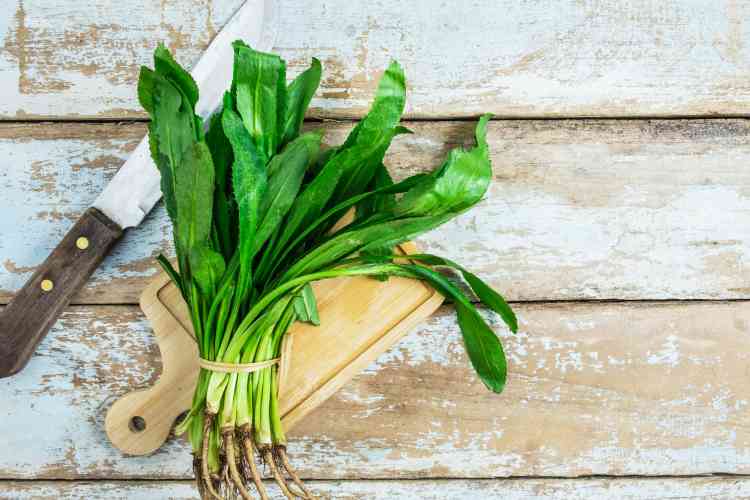
If you want to take a deep dive into cooking herbs, don’t overlook the culinary treasure that is culantro. And no, that wasn’t a typo — culantro is different from cilantro in both appearance and taste. Culantro boasts a zesty, powerful flavor (almost as if you turned up the dial on cilantro) that is used in all kinds of culinary delights. You can recognize culantro from its long, bright green leaves, which distinguish it from the small, frillier leaves you see on cilantro.
Popular in Caribbean, Latin American and Asian cuisines, knowing how to identify and use culantro will significantly broaden your cooking repertoire, infusing dishes with a bold, distinctive taste. Once you grasp the basics of this herb, you’ll find that it makes a fantastic addition to your kitchen, truly enhancing your cooking and dining experiences.
Jump to Section
- What Is Culantro?
- What Does Culantro Taste Like?
- Culantro vs. Cilantro: What Is the Difference?
- Culantro Uses
- Culantro Health Benefits
- Where To Buy Culantro
What Is Culantro?
Often confused with cilantro, culantro is a flavorful green herb used in cooking. Culantro originally comes from tropical regions, like Central America and Mexico, and it’s fairly prevalent in various Latin American cuisines. This herb isn’t as popular in the United States as cilantro is, but you can still find culantro at specialty grocery stores and farmers markets.
The classic visual feature of culantro are its long leaves, which are thin and green, with serrated edges. You should be able to recognize culantro from the leaves alone, but if you’re having trouble, let your nose be your guide; the culantro plant has a particularly strong smell. If you encounter an aroma that is similar to cilantro, but the scent is unusually intense, you may be near a bundle of culantro.

What Does Culantro Taste Like?
Culantro’s flavor is incredibly bold and can be described as robust or, for those who aren’t fans of the herb, pungent. Culantro comes from the same family as cilantro (Apiaceae) and while it does have a taste reminiscent of cilantro, it’s far more amplified, to the point of being almost overpowering if used in too large a quantity. Tasting notes include citrus, earth and pepper.
While the tangy citrus flavor of culantro is in dialogue with its cilantro cousin, the earthiness brings it into dialogue with parsley, another culantro relative. The peppery notes shouldn't be discounted, either — culantro is not subtle, and it can add quite a kick to whatever dish you’re preparing.
However, if you’re one of the folks out there for whom cilantro tastes like soap, culantro will likely taste like the soapiest soap of all. So, if that’s you, culantro might be one specialty herb to hold off on trying.
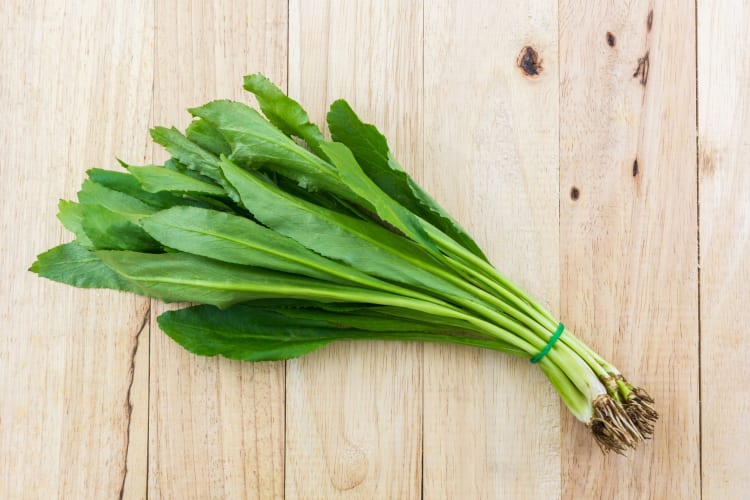
Culantro vs. Cilantro: What Is the Difference?
You may have been wondering: “Is cultantro the same as cilantro?” As mentioned, they are two different herbs from the same family, with both differences and similarities. But what exactly are the differences between the two?
Since culantro and cilantro are related, they definitely share some overlapping traits, particularly in terms of underlying flavor notes and general scent profile. But is culantro the same as cilantro? Although they have similarities, culantro and cilantro also have some significant differences.
The first is appearance. As previously mentioned, culantro has long, skinny leaves, while cilantro has tiny, flowery leaves with a much more delicate look. Aside from aesthetics, the other major difference between culantro and cilantro is the intensity of smell and flavor, with culantro being the far stronger of the two.
This divergence in flavor leads to a notable difference in standard culinary uses for these herbs. To compensate for the aggressive flavor, the suggested measurement for culantro is frequently less than what it would be for cilantro. Furthermore, cilantro is sometimes an ingredient that gets cooked into recipes, but it’s more typically used as a garnish or topping since the flavor is so light. Meanwhile, the intensity of culantro makes it ideal for long cooking, where the flavor can marinate for a good amount of time and incorporate with other ingredients.
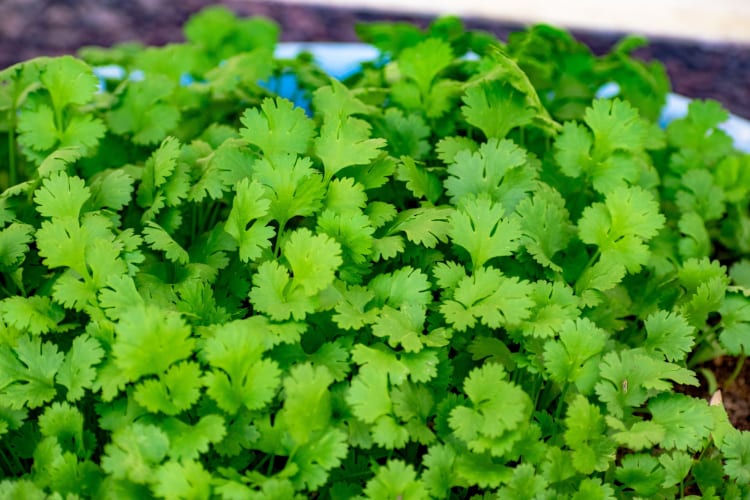
Culantro Uses
Culantro is a versatile herb and has a lot of culinary uses, both as a decent substitute for cilantro and as a standout herb in its own right. To find ideas for incorporating culantro, look to cuisines that originate from tropical climates where culantro traditionally grows.
For example, if you’re preparing a Latin American or Caribbean dish, there’s a good chance that culantro would be an excellent addition to the meal. Sofrito, for instance, a vegetable mix that’s the typical base for many Latin American dishes, is greatly enhanced by some culantro. You can also use culantro to make a yummy Caribbean soup called callaloo. Culantro is additionally common in Southeast Asian soups, such as pho — depending on the dish, culantro is either cooked into the soup or used as a garnish.
If you eat meat, you’ll love incorporating culantro into a Caribbean or Latin American-style marinade. For instance, you could add it to mojo criollo, a citrusy Cuban marinade that’s typically made for pork. In addition to marinades, culantro is a wonderful ingredient for sauces and condiments, such as salsa or chimichurri.
Most recipes will call for fresh culantro, since fresh culantro has all of the oils that create the distinctive culantro flavor. As with many herbs, you can help release the flavors of fresh culantro by cutting or tearing up the leaves before adding them to a dish. And remember, culantro is more powerful than cilantro, so if you’re doing a substitution, decrease your measurements by a considerable amount.
To learn more about how to cook with culantro, you could attend cooking classes near you. Or, if you’re having trouble finding an in-person cooking class that includes dishes that use culantro, you can always sign up for online cooking classes.
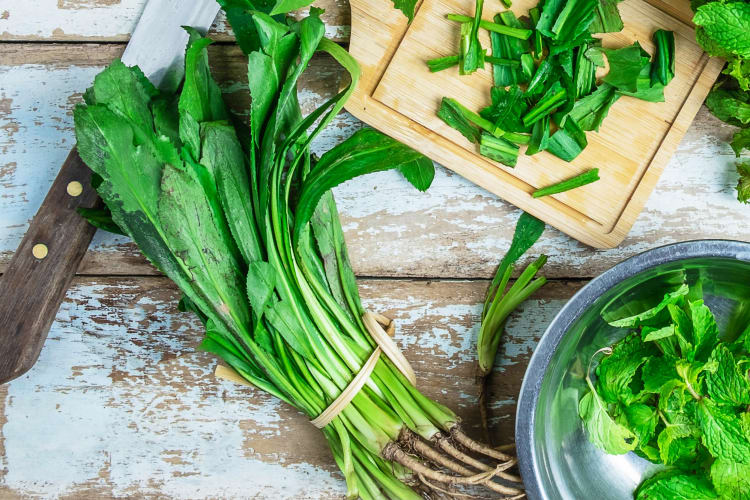
Culantro Health Benefits
So, is culantro good for you? Culantro certainly gives your food a delightful burst of flavor, but it also has a few possible health benefits. This tasty herb has anti-inflammatory properties, so for some folks, it can theoretically help alleviate pain symptoms and other issues related to inflammation.
It’s also worth noting that culantro has a wide range of uses in traditional medicine in Latin America and the Caribbean, such as for the treatment of fevers and seizures. Although most of these uses haven’t been scientifically verified, many people still draw on these potentially curative properties.
Aside from medicinal uses, culantro gives you plenty of vitamins and nutrients that you would expect from a vegetable or herb. Culantro contains vitamin A and vitamin C, as well as fiber and calcium. As with any food, culantro has nutritional pros and cons, but when eaten in moderation, it’s an excellent way to get some extra vitamins and fiber into your meal.
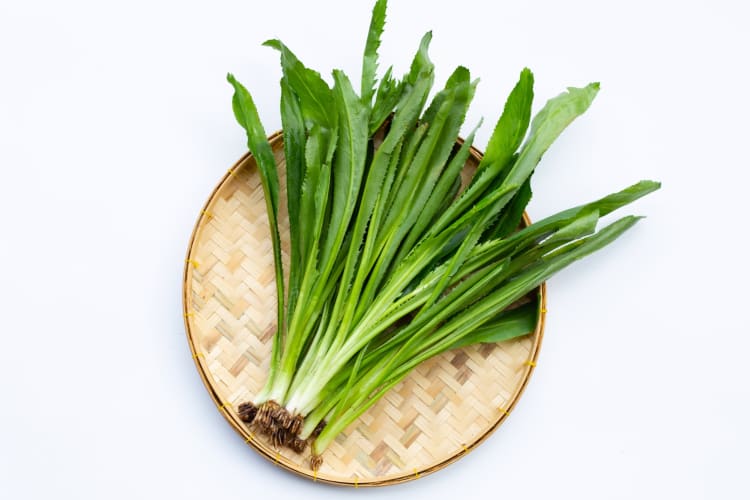
Where To Buy Culantro
If you live in the United States, culantro probably won’t be easy to find. Unlike cilantro, which is in every grocery store produce section, culantro isn’t treated as a mainstream herb in most U.S. regions. That said, it is still possible to buy it. Look for culantro in Latin American, Caribbean or Southeast Asian grocery stores. You can also scope out local farmers markets to see if any vendors are selling it.
In some cases, there really might not be any places to buy culantro in the area. If that’s your situation, don’t fall into despair. Culantro is a simple herb to grow, so all you need to do is buy some seeds and start a little kitchen herb garden. If you want to grow culantro, keep in mind that culantro flowers every two years, so keep an eye out for the seeds that the flowers produce, as you can use those to perpetuate your personal culantro supply.
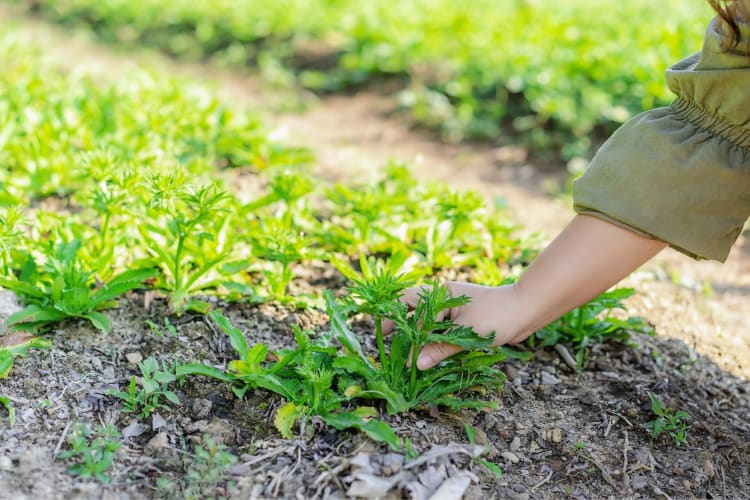
Culantro is a tasty and unique herb that deserves a place in your kitchen. People might discuss culantro and cilantro interchangeably, but culantro has a truly distinctive flavor that can add new life to your dishes. Whether you’re preparing a hearty stew, zesty marinade or yummy sauce, using culantro can open you up to a whole new culinary world. Plus, with anti-inflammatory properties and beneficial vitamins, culantro can be a positive addition to your diet.
So, if you’re ready to expand your kitchen herb collection and add this long leafy green to your garden, don’t hesitate to reach for some culantro — you won’t regret it!
For even more ways to explore your favorite foods, check out other experiences happening on Cozymeal.
